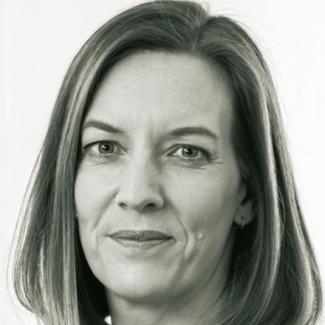Development aid shouldn’t finance refugees in Europe
The development ministers of the OECD countries took a dubious decision last week at a meeting of the development assistance committee (DAC) in Paris: They did not end the practice of using ODA to cover costs for refugees in donor countries. They only want to make the process more transparent, as spelled out in the meeting’s communique: “It is necessary to improve the consistency, comparability, and transparency of our reporting of ODA-eligible, in-donor refugee costs, by aligning the respective methods for calculating these costs. We therefore agree to set up a clear, transparent, and inclusive process to this aim.“
I find it scandalous to use ODA to fund the hosting of refugees. This money doesn’t help developing countries directly. It neither promotes economic development and better living conditions, nor does it address the much-discussed causes of flight. The practice makes refugees in rich countries live at the expense of the poorest countries – most of which don’t belong to the refugees’ countries of origin.
According to Oxfam, in 2015 and 2016, some of the biggest ODA recipients will be EU member states, including the Netherlands, Sweden and Denmark. According to Global Citizen, it is estimated that € 7.1 billion of European aid was spent in Europe. And the campaigning group ONE provides another disillusioning figure: the share of aid to the poorest countries in the world is now at its lowest level for 10 years. Together with Oxfam and other NGOs, the two organisations are collecting signatures for a petition calling on European leaders to help refugees without jeopardising the poorest.
It is an old charge that too much aid money flows back to donor countries. It does so in the form of – sometimes unreasonably high – salaries and allowances for personnel and payments for equipment, infrastructure and technology. Some of this is understandable, some of it isn’t and that should be changed. But keeping ODA within donor countries looks particularly selfish – especially considering the fact that industrialised countries still don’t live up to their decades-old pledge of spending 0,7 % of GNI on development assistance.


